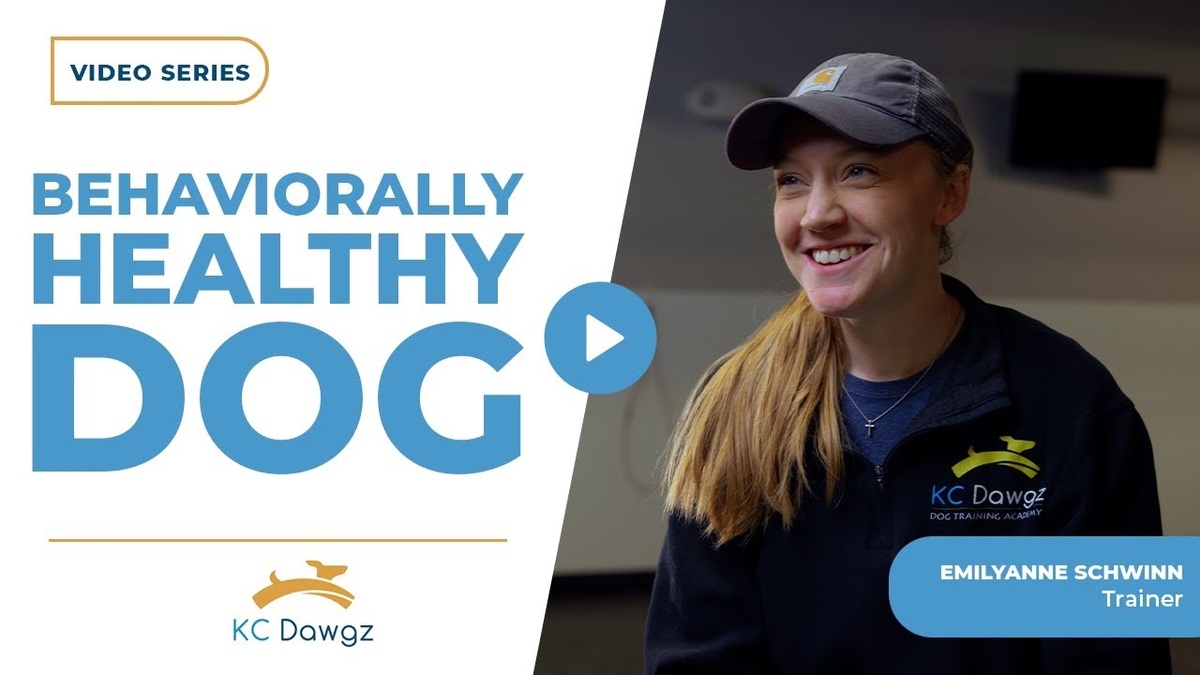Group classes are a great way for dogs to build obedience and social skills, but shy dogs often need a different approach. Busy environments can be overwhelming, making some dogs anxious or reactive. That’s why a slower, more structured introduction is key to helping them feel safe and ready to engage.
At KC Dawgz, we tailor our training plans to your dog’s individual comfort level. Below, we’ll share how we support shy or anxious dogs, when private sessions might be the better fit, and how we work with both dogs and owners to build confidence every step of the way.
When Group Classes Work—and When They Don’t
Assessing Your Dog’s Comfort Level
Not all shy dogs benefit from being placed directly into group classes. Depending on your dog’s age and how shy or reactive they are, jumping into a group class may feel like too much, too soon.
Some dogs can work through that initial hesitation and grow with the group. Others, however, may feel just like a person surrounded by a crowd—stressed, overstimulated, and unable to learn.
In these cases, group settings might not be the best place to start. We adjust the plan depending on the individual situation.
The Benefits of Private Sessions for Shy Dogs
Why One-on-One May Be the Better Fit
If your dog seems overwhelmed, we often recommend moving them into private training sessions. This gives us the ability to:
- Introduce dogs more gradually
- Start around calmer dogs
- Control the environment and interactions closely
With fewer distractions and a more structured setting, your dog has the chance to adjust without pressure.
Managing Interactions in a Group Setting
Advocating for Your Dog
In situations where shy dogs do stay in group classes, we put clear boundaries in place to help them feel safe.
Here’s how we support them:
- We never allow forced interactions. If a dog is showing signs of discomfort, we make sure other dogs and their owners give them space.
- We focus on calm, intentional introductions—only when your dog is ready.
- We teach you how to advocate for your dog, so they know you’re in charge and they don’t need to react or protect themselves.
As trainers, we also model how to recognize and manage these moments in real time. You’ll see how we respond to your dog’s body language and coach you through doing the same.
You’re in the Class, Too
Training the Owner Alongside the Dog
Every group class includes owner participation. You’ll be there every step of the way—not just watching your dog, but learning how to handle situations that make them uncomfortable.
You’ll learn how to:
- Spot the early signs of stress
- Step in to prevent unwanted interactions
- Build your dog’s trust by showing them you’re in control
We believe that shy dogs thrive best when they know their owner is confident and capable of guiding them.
When It’s Time to Make a Change
Switching from Group to Private
If your dog isn’t progressing in a group class, it’s not a failure—it’s just a sign that they need a different environment to succeed. We often recommend taking a step back into private sessions where we can build confidence gradually and reintroduce group settings later.
This doesn’t mean your dog can never be in a group class. It just means they need a better foundation first.
In Summary
Shy dogs in group classes need the right support, structure, and timing to feel safe and make progress. At KC Dawgz, we take the time to assess each dog and provide a training approach that fits them best. Whether that means starting with private sessions or modifying the group environment, we’re here to guide you both through it.
If you’re not sure where to start, reach out and talk with us. We’ll help you decide if group or private training is best and give you a clear plan for moving forward. To learn more about what we can do for shy dogs in group classes, contact us today.




